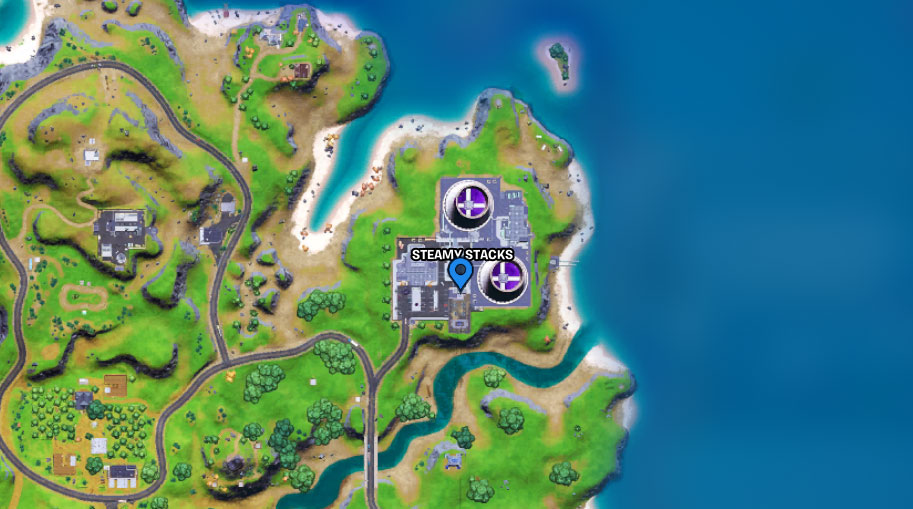
Did you have enough candles and batteries for your flashlights? Were you able to cook your meals without electricity? Step 6: Build Survival Kits The drills will also help highlight any holes or weak spots in your plans.įor starters, try doing 3 days without electricity in your home and see how you fare. Run drills of the plan to make sure everyone understands what to do. Having a plan is a good start, but you need to PRACTICE YOUR PLAN.

How will you stay clean without a running faucet and soap? How will you go to the bathroom when there is no plumbing? Learn to identify edible plants and forage for themįood and water will only take you so far when the grid has gone down.
DOOMSDAY PREP GUIDE HOW TO

For these reasons, water should be your main focus when you start prepping. In addition, we rely on water for hygiene and sanitation. Water is the most essential aspect for life and you can only go about 3 days without water before dying.

This alone may be enough to save you since you will be ready to take action instead of panicking in face of danger. Yes, some of these threats are highly unlikely – but “highly unlikely” doesn’t mean it won’t happen.īy accepting that there is a real risk, you will be in a better position psychologically when disaster does strike. These include risks like EMP attack, hurricanes and flooding, earthquakes, economic collapse… Take some time to research the most likely disasters which could occur.

It means being active in the face of disaster instead of passive. It means accepting responsibility for your own safety and security, and that of your family. It means that you accept that a disaster could strike. This article lays out the 10 steps you need to take to get started with prepping. If you are new to prepping and don’t know where to start, don’t worry. Prepping used to be a term that brought up images of paranoid people locked in military-style camps with watchtowers and guns pointing out.īut now the general public is finally waking up to the need to prep (it only took numerous major disasters like hurricanes, earthquakes, and terrorist attacks to wake them up).


 0 kommentar(er)
0 kommentar(er)
